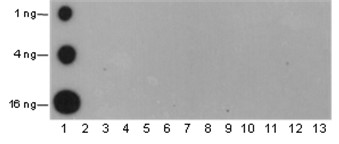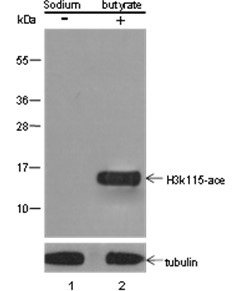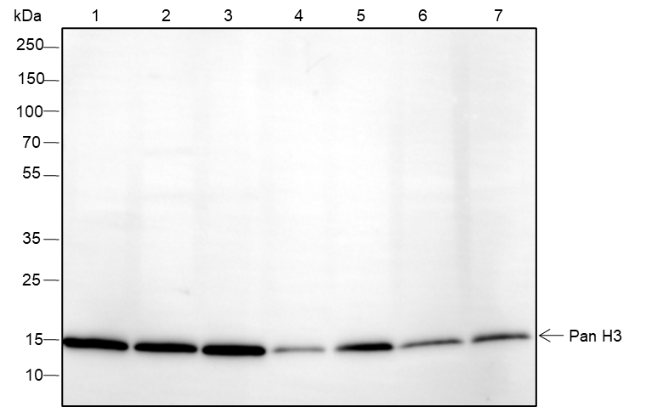Background
Histone post-translational modifications (PTMs), known as the “histone code”, are key mechanisms of epigenetics that modulate chromatin structures. The PTMs on histone including acetylation, methylation, phosphorylation, and novel acylations directly affect the accessibility of chromatin to transcription factors and other epigenetic regulators, altering genome stability and gene transcription. Histone acetylation, tightly controlled by the opposing action of histone acetyltransferases (HATs) and histone deacetylases (HDACs), occurs primarily at lysine residues on the N-terminal tails of histones H2A (Lys5, 9, and 15), H2B (Lys5, 12, 15, 16, and 20), H3 (Lys4, 9, 14, 18, 23, 27, and 36), and H4 (Lys5, 8, 12, 16, and 20). In contrast, histone H3 lysine 115 acetylation (H3K115ac) is located within the histone H3 core domain at the DNA–histone dyad interface, a critical region governing nucleosome stability and DNA wrapping. Together with acetylation at lysine 122 (H3K122ac), H3K115ac reduces the affinity of the histone octamer for DNA and modestly increase the thermal mobility of nucleosomes. Under conditions of mechanical unwrapping, these modifications facilitate histone octamer release from DNA and enhance nucleosome disassembly by DNA repair factors.
Cellular location
Nucleus








